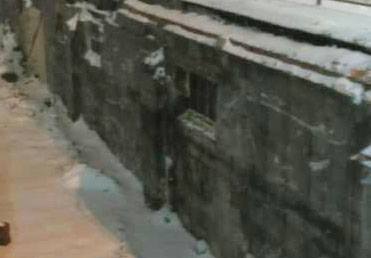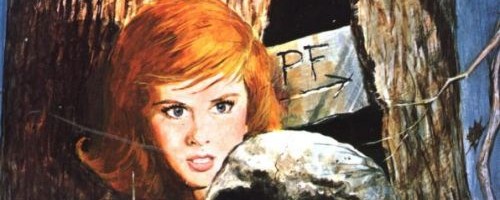
The Night Sky by Blake Nancarrow
True or not, I’m sure you’ve shared that experience: a long work day during which you rarely look up and made worse if you don’t leave the office or have a window. The concept of time that was once gauged by the sun is now dictated by the clock. How many times in the winter have you looked up at 5 p.m. and said, “It looks like nine o’clock at night!” Yes, but who said what nine o’clock looks like?
Indeed the appearance of time, day and night, has changed since the invention (and popularity) of gas then electric light. Compounded with the popularlity of “smart” devices, we are inundated with light to the point that we can’t sleep. And if we can’t sleep then, well, shouldn’t we be productive?
We haven’t always slept through the night. In the distant past, we used to go to bed “early,” dog tired after a labourious day, wake up later in the night or early morning, do stuff in the dark, fall asleep again, and wake up with rooster. Some people still do this, only they write, as Karen Emslie tells us in her Aeon piece, “Broken Sleep.”
Unfortunately this schedule doen’t work for many people. Perhaps we’ve been programmed. Regardless, light affects our melatonin which affects our sleep which affects our mood which determines our mental and physical health. Sure there are pills and exercises and sex and yoga and mantras, but let’s to go to the source: light. Humans cannot cope in a world without darkness, says Rebecca Boyle in her article “The End of Night,” published in Aeon. Not only does it rob us of biological needs but it compels us to produce, to be “on” all the time. We’re surrounded by (very rich) role models, leading us to believe if Highly Successful Person can be highly successful with only four hours’ sleep, then so can I because I’m efficient, not a slacker like other people! For the record, I count myself among the “other people.” You really don’t want to around me when I’ve only had four hours’ sleep. In fact, I think that says something about Highly Successful Person too.
The idea that we must be productive most of the time makes me wonder about the definition of productive. From my North American perspective, it appears to mean making something tangible. Thinking isn’t seen as productive. Oh, you’ll hear lots of discussion about “creatives” and “knowledge workers” “innovating” in “collaborative work environments,” but I think that’s all marketing spin. As I sit alone in my home office by my window looking out onto a tree and a neighbouring building, I wonder what a boss would think, all buttoned up in a dark blue wool suit. He or she would likely scold me for daydreaming then request a status report on something, probably the very thing I was “daydreaming” about.
One thing I do daydream/think about is space. It gives us perspective. Once upon a time I witnessed the northern lights. Recently, my Facebook feed was filled with other people’s photos of the glorious phenomenon. I’d like to see the northern lights again as well as the other celestial shows, but judging from Toronto’s light-polluted night sky, I’ll have to drive pretty far north to do so. Having lived in a city for most of my life, I used to shrug this off. Then I saw the wonderful doc The City Dark and I realized I’m missing something–something important.
It’s a hard day’s night, indeed.








